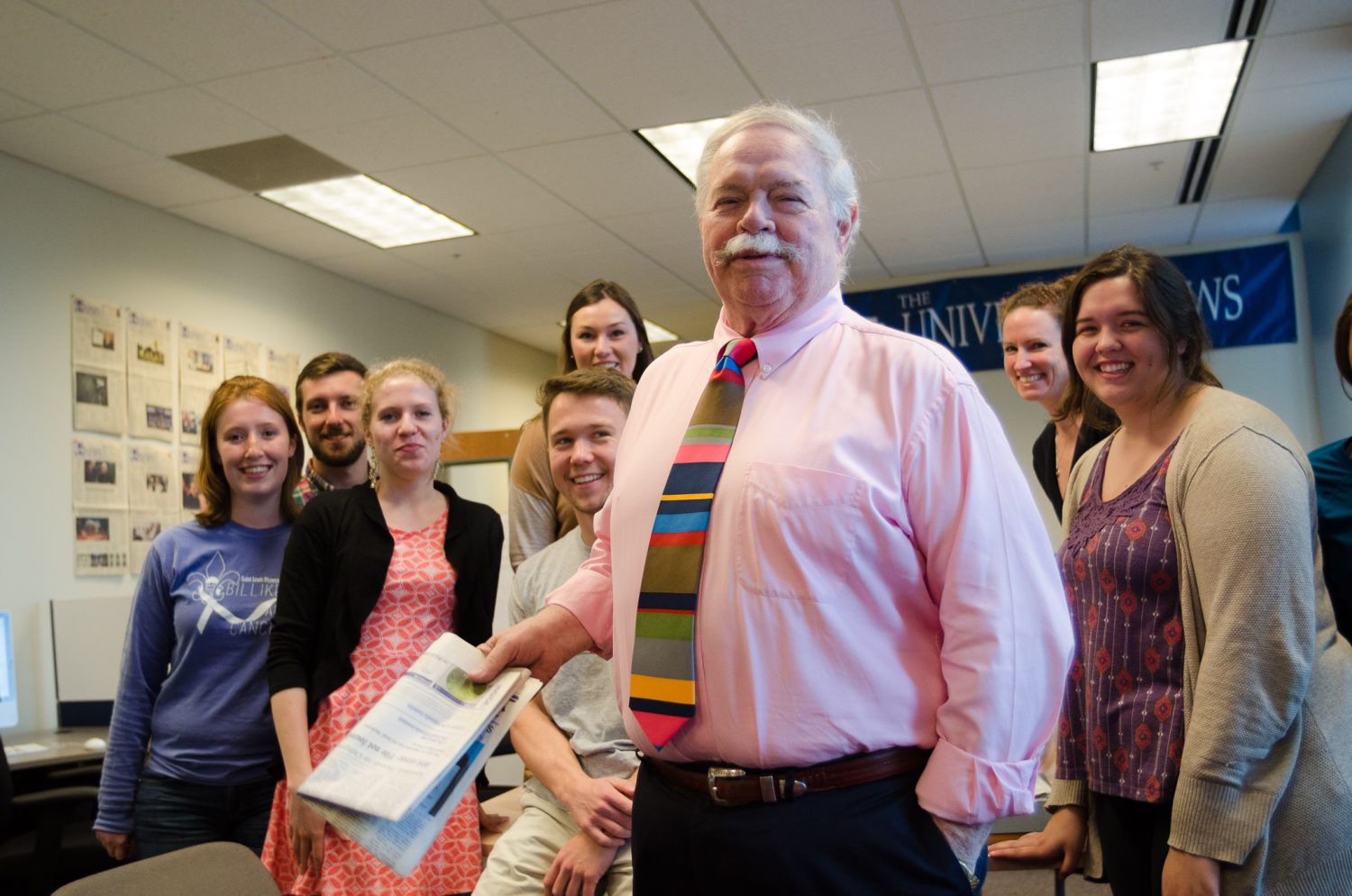While the flu vaccine shortage has become a point of great
concern, overcrowding health hotlines and instigating vaccine
lotteries in various states, a more serious issue is at hand
regarding the flu: the next pandemic.
The historic Spanish flu of 1918 remains in the back of
scientists’ minds, as they attempt to contain the avian flu
currently in Asia, knowing the next pandemic is inevitable. Within
the past century, the world has endured three large-scale influenza
pandemics, starting in 1918 with the Spanish influenza, which
killed somewhere between 20 million and 50 million people
worldwide, with about 500,000 in the United States. That scourge
has been recorded as the most destructive epidemic in history,
killing more people than World War I and the Bubonic Plague of
1347.
By nature, pandemics take the world by surprise. The next
influenza strain to infect and wreak havoc on the human population
won’t be the one expected, and it will certainly have a
differentiated strain from previous pandemics. This was the case
for the 1918 pandemic, which was subsequently followed by the Asian
flu in 1957, which killed 70,000 Americans, and the Hong Kong flu
in 1968, killing 34,000 in the United States.
Now, scientists are concerned because a new strain of the
influenza has been discovered in Vietnam and Thailand, which lead
to 32 deaths by the end of October. The strain was found in an
infected flock of chickens and transferred to a person during a
cockfight. As a result, millions of chickens have been slaughtered,
and countries continue to acknowledge an unprecedented number of
outbreaks amongst various birds.
Back in September, the World Health Organization’s disease
outbreak news posted an official report of an uncommon flu case in
Thailand involving an 18-year-old boy who “had very close contact
to fighting cocks by carrying and helping to clear up the mucous
secretion from the throat of the cock during the fighting game by
using his mouth.” This particular incident draws much concern over
the difference in cultural customs. In Asia, it is not uncommon for
one to suck a bird’s beak during a cockfight, and open-air markets
are extremely popular, thus creating vulnerable situations where
birds and humans come into contact routinely.
Thailand was the world’s fourth-largest poultry exporter until
earlier this year, which helps demonstrate the ease which the flu
can infiltrate a population of birds or even humans. In our highly
globalized economy, a disease could easily travel from one point of
the globe to the other simply through airline travel, and infected
poultry could easily act as a catalyst for spreading disease if
consumed by humans. In addition, scientists recently discovered
that the 1918 Spanish flu erupted after the flu virus leapt from
birds to humans. Therefore, the WHO’s and scientists’ concern over
the few cases in Asia are reasonably justified.
In America, however, no cases of the avian flu have been
reported, and state epidemiologists report that Missouri is
experiencing “sporadic” flu activity (the second-lowest level).
Furthermore, the WHO will meet with flu vaccine makers next week to
discuss the possibility of another pandemic and work toward solving
the vaccine-shortage problem. One of the main inhibiting factors of
further research of the cases of avian flu in Asia is that the
United States is the only country currently researching the disease
and is prohibited by international politics from further
investigating the cases. Still, it is disturbing to know that Klaus
Stohr, influenza chief of the United Nations’ health agency, says
“We believe that we are closer to the next pandemic than we ever
were before.”



